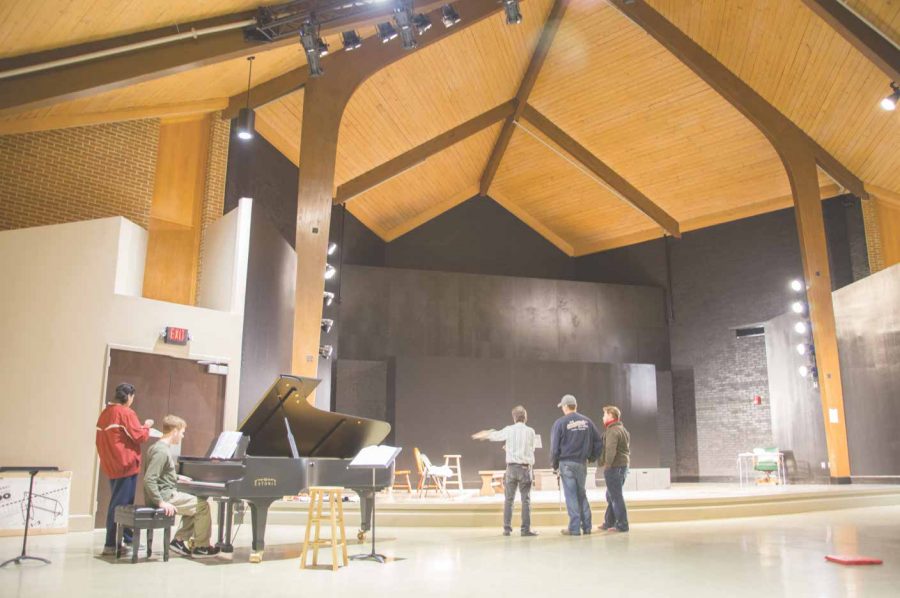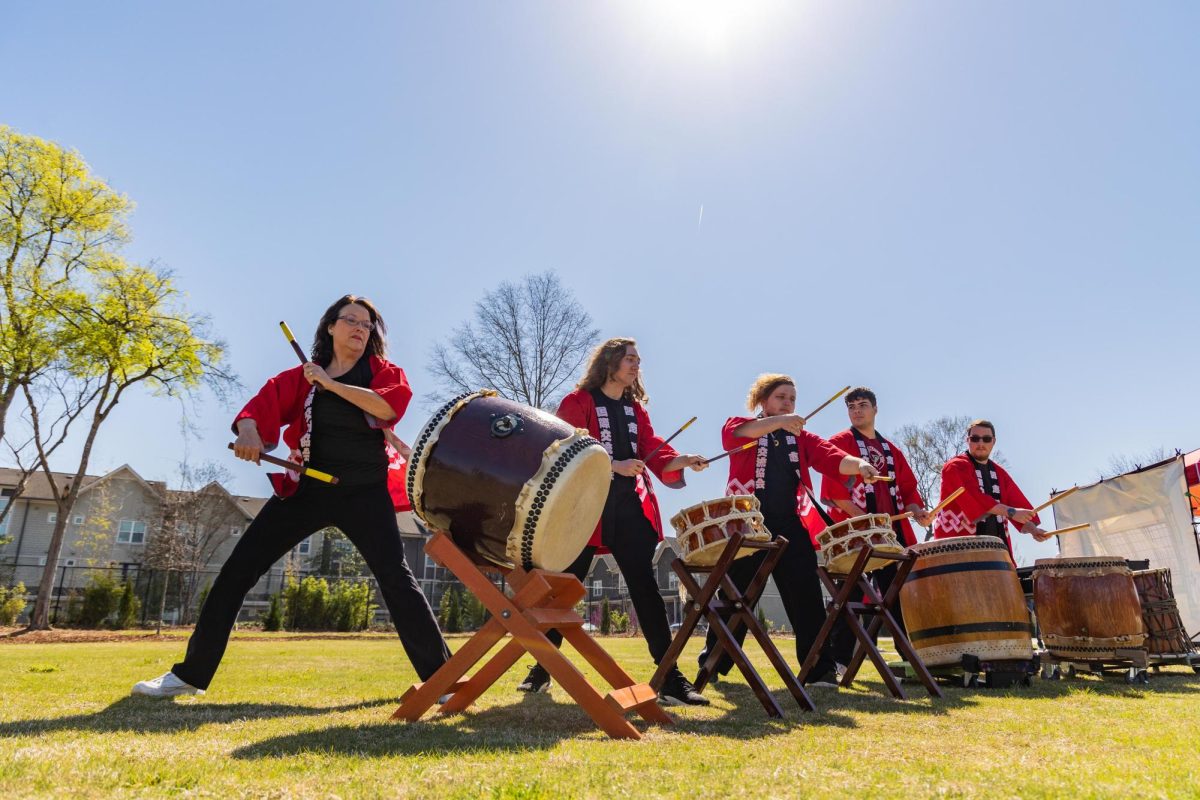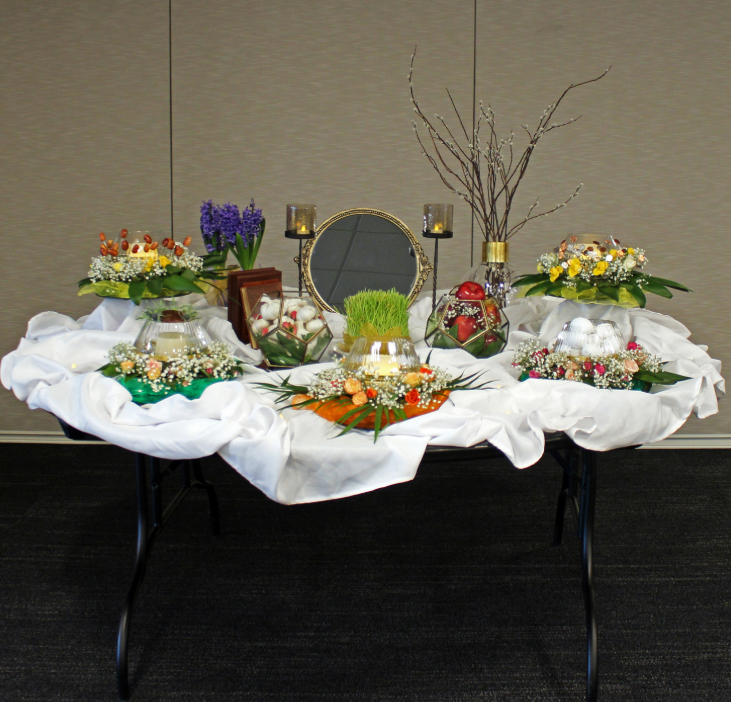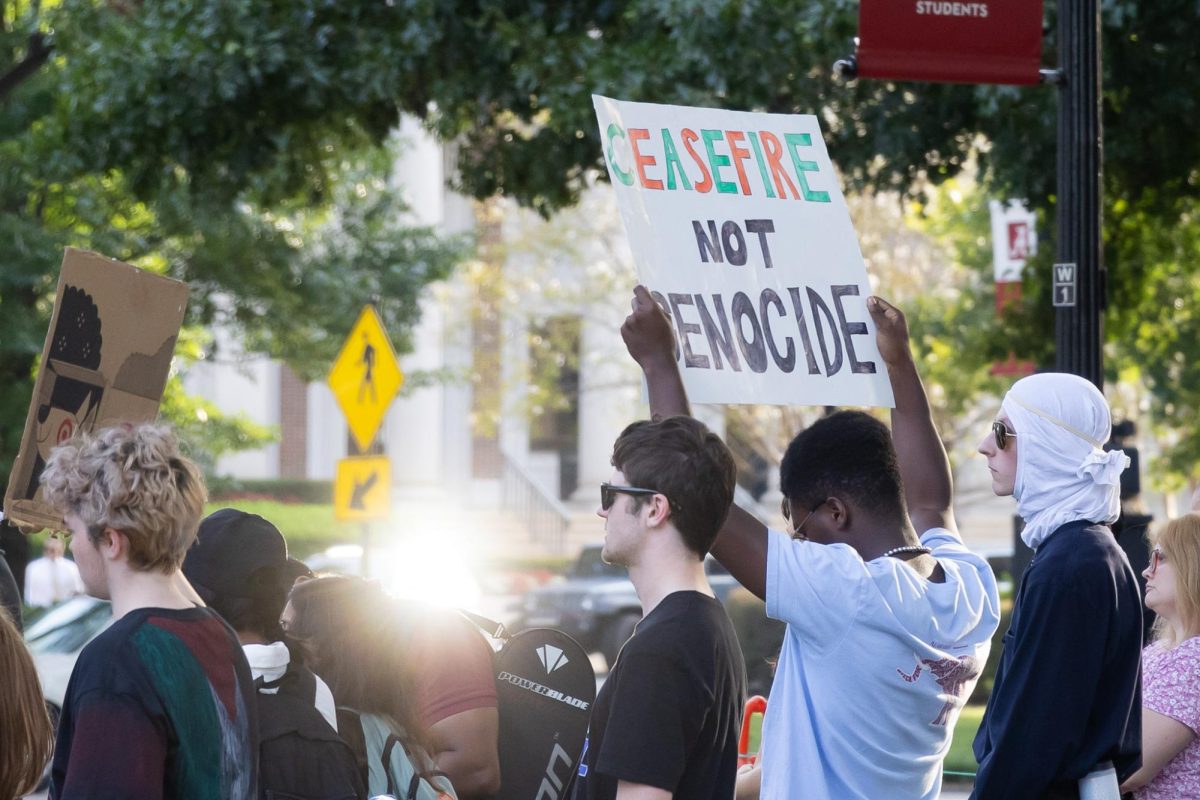With the ushering in of the Spring semester came the final renovations to a 1969 chapel on The University of Alabama’s Bryce campus that transformed the building into Bryant-Jordan Hall, the new home for the UA Opera Theatre.
The renovated building is a culmination of long-time growth for the opera program, inspired by Paul Houghtaling, associate professor of music and director of opera theatre at the University.
Houghtaling said he has been striving to expand the opera program since his arrival in 2007. He credits the assistance and support of former University president and current chancellor Robert Witt, President Judy Bonner, Arts and Sciences Dean Robert Olin, University professor Tom Wolfe and Associate Dean Tricia McElroy for making the new opera space possible.
“It’s really a lovely performance venue. It will seat around 225, has nice dressing rooms, and there will also be a state-of-the-art recording studio in there,” Houghtaling said. “The opera program is really honored to be its major tenant.”
(See also “UA opera theatre to perform annual ‘One Night Only’“)
Students began rehearsing in the new space last week, and Andrew Nalley, a junior majoring in vocal performance, said he is excited about the implications of having a new building for opera theatre.
“I think this space is a really good thing. It seems like the opera program, it’s been kind of under the radar,” Nalley said. “It needs a landmark, and it’s like this building is kind of a landmark. Now that we have this opera theatre, it’s kind of this landmark that shows, ‘Hey, this is actually a big thing that’s going on at the University.’”
Nalley will play a leading role in the first opera held in Bryant-Jordan Hall, opening March 7. The opera “The Consul,” by Gian Carlo Menotti, will be a collaborative event, featuring both the Opera Theatre and the Huxford Symphony Orchestra, directed by Blake Richardson, director of orchestral studies.
Houghtaling said he wanted to “pull out all the stops” for the first production in the new space and believes incorporating the orchestra in “The Consul” will do just that.
“It’s a natural pairing of the orchestra and the opera program – we should really be doing it much more frequently – and now a space like this will facilitate that,” he said. “It’s a nice, exciting collaboration, and it really makes perfect sense to be as flashy and as colorful as possible on this very first production.”
(See also “Opera Theatre to perform Broadway favorites“)
Jen Stephenson, a doctoral student studying vocal performance, plays a leading role in “The Consul” and said she is looking forward to performing with the orchestra in the new facility where the new stage space allows for more creativity in set design.
“When we have a show coming up, we previously could only have the set built that week,” Stephenson said. “That makes it difficult, because then we’re working with an imagined set, but we don’t know how that will affect our movement, if there’s stairs or doors or whatever. But with a space that’s more of a space that not everybody’s using all of the time, we can have the set up for longer, so we can really work with that and be rehearsing exactly as the performance space will be.”
The new building includes a backstage area with dressing rooms for performers and improvements in lighting, sound and set design techniques that previous opera productions did not have in the old space in Moody Music Building. Houghtaling said he believes the transition from a classroom performance setting to the stage provides enticing opportunities for everyone involved.
“What it means for the audience, then, is to see a joyful increase and development or moving forward in our ability to be storytellers with much more elaborate, and also therefore more expensive and detailed, scenic design and lighting design.” Houghtaling said. “So it’s all sorts of win-win. Opera wins, design students win, the audience wins, the students win. Experiences are greater, and the learning experience is that much more enhanced. The learning experience through performing is that much more enhanced by all that the space affords.”
(See also “Doctoral students direct opera productions“)









